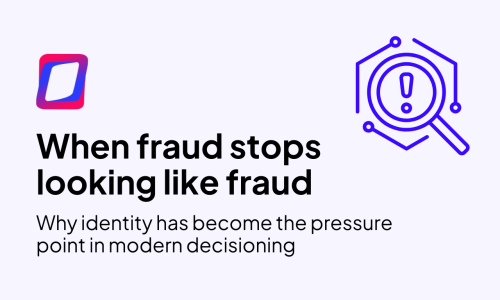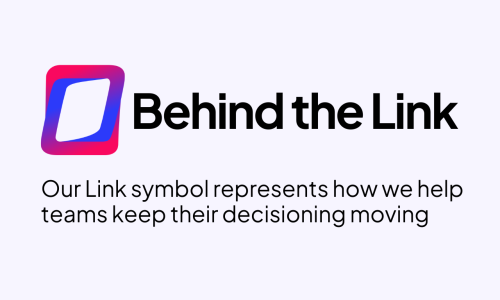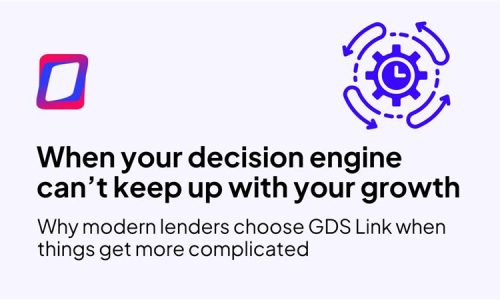Carl Spilker and Matt Shubert Explore AI’s Impact on Finance: Data, Fraud, and Market Adaptation
Unlocking the Future of Finance: Navigating Data, Fraud, and Market Dynamics with Carl Spilker and Matt Shubert
In this episode of The Lending Link, join GDS Link’s Carl Spilker, EVP of Global Analytics and Advisory, and Matt Schubert, VP of Predictive Analytics and Data Science at West Coast University, discussing the influential role of artificial intelligence (AI) in the financial industry. Gain valuable insights into AI applications, benefits, data utilization, best practices, market adaptation, insurance and lending, regulatory considerations, fraud detection, and more.
The conversation begins by exploring AI’s evolution and its impact on predictive and machine learning algorithms. Gain a deeper understanding of how these advancements have transformed data analysis, equipping financial institutions with powerful tools and valuable insights. Discover the advantages of leveraging AI in complex lending processes and the crucial role of transactional data in AI systems. Explore the significance of AI in credit card lending and the opportunities it presents for both lenders and borrowers.
Carl and Matt address concerns about the future and the internet, emphasizing the importance of building trust and ensuring people’s safety. Distinguish between unfounded fears and valid concerns as we navigate the AI-driven landscape.
Leveraging data is a fundamental aspect of successful AI implementation. Our experts delve into the role of trust and task automation in data-driven decision-making. Discover how organizations can harness AI’s power while acknowledging every model’s inherent limitations.
Best practices for organizations adopting AI-driven models are also explored. Learn about the significance of delivering timely and relevant data. Adaptability to market changes emerges as a crucial success factor in the AI era.
The discussion highlights the transformative potential of AI in the lending and insurance sectors. Gain insights into how AI enables the creation of more accurate credit scoring systems and enhances operational efficiency behind the scenes. Explore pattern recognition through natural language processing, showcasing how AI reshapes the financial landscape.
Regulatory concerns and challenges related to AI adoption receive careful attention. From explainability to inclusivity, our experts share insights on navigating regulations while harnessing the power of AI.
Fraud detection and prevention are showcased as real-world examples of successful solutions. Discover strategies to minimize the impact of fraud and how AI-driven fraud mitigation promotes financial inclusion and expands credit access.
Finally, our experts shed light on successful AI implementations in the financial industry. Explore how AI streamlines account management, finance, and lending processes. From improving the efficiency of mortgage processes to revolutionizing document collection using innovative tools like Google Maps, the potential of AI is boundless.
Unleash the power of AI in the financial industry by immersing yourself in this enlightening podcast episode. Gain valuable insights from industry experts Carl Spilker and Matt Schubert as they reveal the transformative impact of AI.
Recent articles

When Fraud Stops Looking Like Fraud
Read article
Behind the Link
Read article





